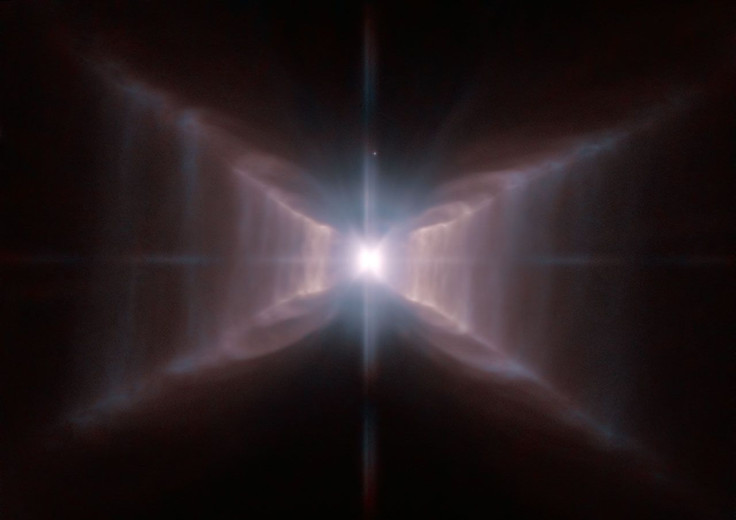NASA Shares Image Of X-Shaped Explosion By Dying Star
KEY POINTS
- NASA shared a photo captured by the Hubble Space Telescope
- The photo shows the nebula known as the Red Rectangle
- The Red Rectangle is expected to become a planetary nebula
NASA recently shared a stunning image of a nebula produced by a dying star. As shown in the photo, the explosion of the dying star created a distinct shape.
The nebula featured in the image is known as HD 44179, which is located in the Monoceros constellation and lies about 2,300 light-years from Earth’s neighborhood. It is also known as the Red Rectangle due to its shape and appearance. Its image was captured by NASA and the European Space Agency’s (ESA) Hubble Space Telescope.
The Red Rectangle is a nebula that was produced by a star that has already reached the end of its life cycle, which means it ran out of energy. Stars at this age begin to shed off its outer layers, triggering explosions of stellar material into its surroundings.
According to NASA, the Sun will most likely end up like the Red Rectangle’s star once it reaches the end of its life, which is expected to happen in a couple of billions of years from now.
HD 44179 is characterized by its distinct shape. As its nickname suggests, the nebula appears like a giant red rectangle in space. Its appearance is created by the X-shaped pattern emanating from its center.
“The star at the center is similar to the sun, but at the end of its lifetime, pumping out gas and other material to make the nebula, and giving it the distinctive shape,” NASA explained in a statement. “It also appears that the star is a close binary that is surrounded by a dense area of dust — both of which may help to explain the very curious shape.”
NASA explained that the Red Rectangle is classified as a protoplanetary nebula, which means it is currently on its way to becoming a planetary nebula. Planetary nebulae are massive cosmic objects formed by the expanding and glowing shell of ionized gas produced by a dying star.
“These are old stars, on their way to becoming planetary nebulae,” NASA stated. “Once the expulsion of mass is complete a very hot white dwarf star will remain and its brilliant ultraviolet radiation will cause the surrounding gas to glow.”

© Copyright IBTimes 2024. All rights reserved.





















